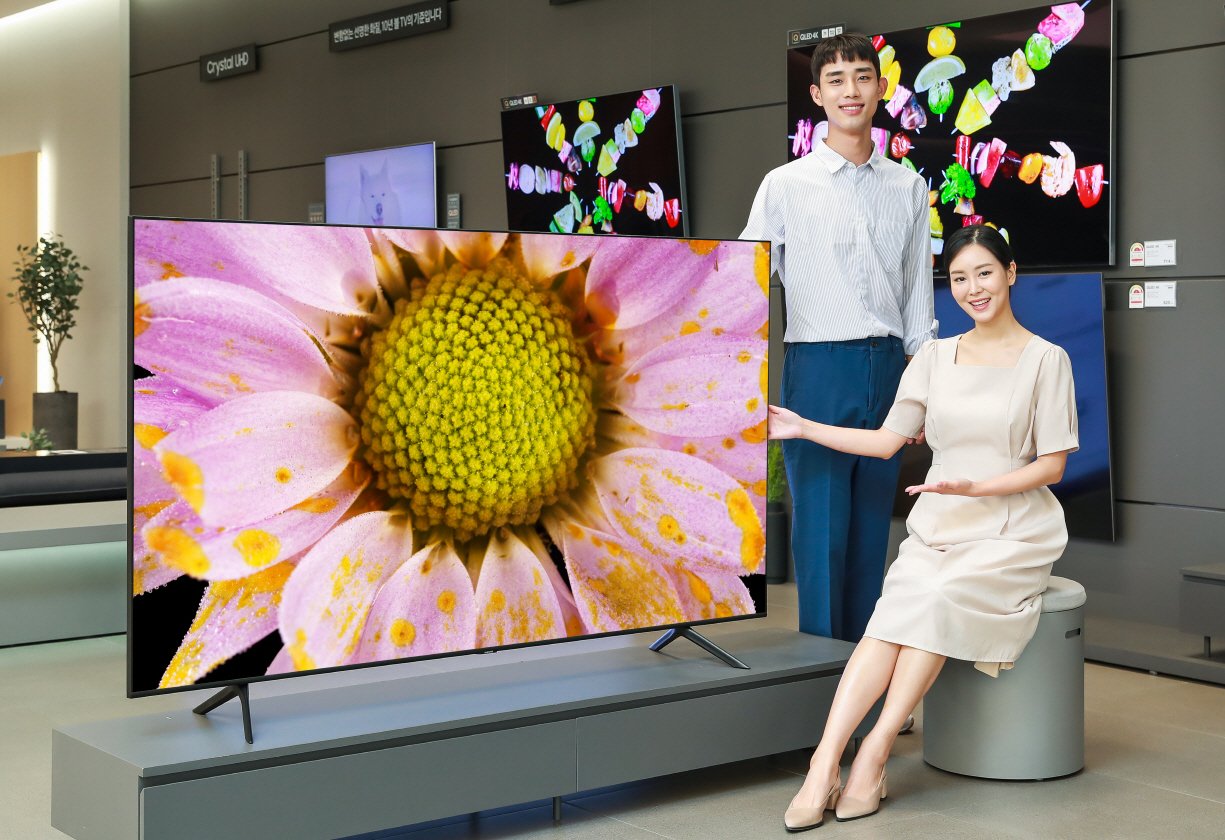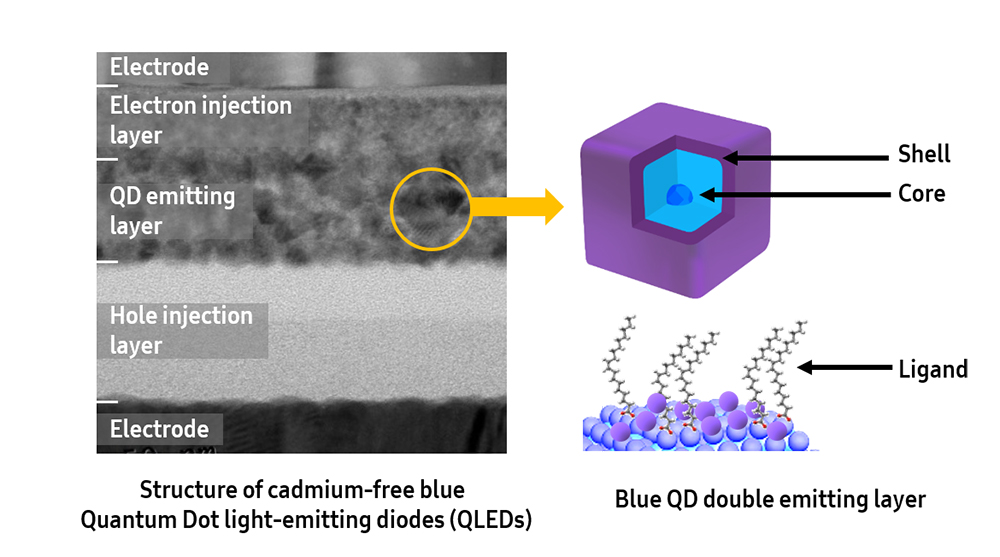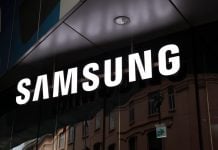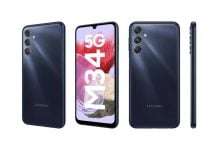Samsung has immense experience in various technologies including consumer electronics, networks, semiconductors, cameras, displays, and more. Out of these, it has mastered the display department with technologies like QLED(Quantum dot LED). And now, it’s asserting that it has developed yet another industry-leading QLED tech.

Samsung’s research has been published by the journal ‘Nature‘ recently(via Sammobile). It says Samsung has developed a cadmium-free blue Quantum Dot light-emitting diodes (QLEDs) technology. Samsung’s R&D hub SAIT(Samsung Advanced Institute of Technology) has done the research. Further, the report says the new tech has 20.2% improved luminous efficiency, offers maximum luminance up to 88,900 nits, and 16,000 hours of QLED lifetime. However, the lifespan is measured at 100-nit luminance half brightness.
What is a Quantum Dot display?
A Quantum dot display uses quantum dots, semiconductor nanocrystals which can produce pure monochromatic red, green, and blue light. Now, for the unware, Quantum Dots are nanoparticles that manufacturers are adding to the layers(sandwiches) of films, filters, glass, and electronics that make up a display. Ranging between two to ten nanometers, when they are hit by a light wave, they emit color. However, they differ depending on size. Larger dots lean towards red, and smaller dots towards green.
What is a QLED TV?
QLED is basically a Quantum Dot Light Emitting Diode(QLED). Accordingly, QLED TVs are the ones that have the dots inside a film and an LED backlight as a light source. After hitting the film, the light then travels other layers including a liquid crystal (LCD) layer, to create the picture. It’s then transmitted to the screen surface as visuals.
EDITOR’S PICK: Samsung expects to ship 100,000 units of Smart TV with 75-inch or bigger display
Why is Blue QLED difficult to develop?
Samsung says the Blue QLED has the largest bandgap among the three primary colors(Red, Green, and Blue). It rapidly oxidizes on exposure to an external light source which results in a shorter lifespan and low luminous efficiency.
Samsung’s solution

Samsung says the Quantum dots are made up of a basic structure of a core, a shell, and multiple ligands. Hence, it had to stabilize the QD materials better and achieve reliable photoresponse functionality. Accordingly, the researchers applied a structure with Quantum Dot double emitting layers and shorter ligands on the surface of the blue-light-emitting QDs whilst improving the injection rates.
Samsung recently launched QLED TVs with high energy ratings in South Korea. In addition to QLED, Samsung is also working on mini-LED and is targeting around 2 million mini-LED TV sales in 2021.







